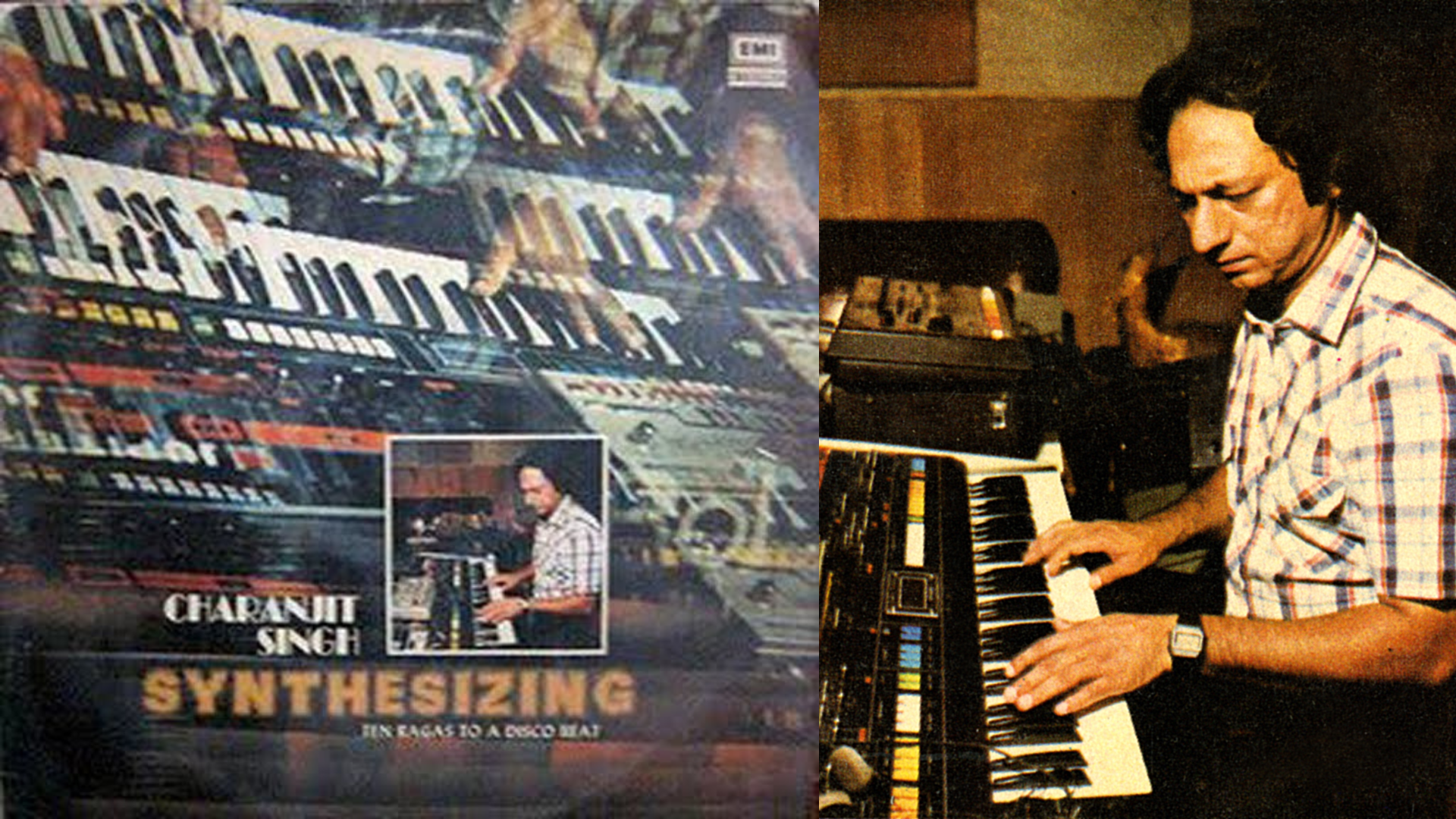Interstellar: Around the Cosmos and back
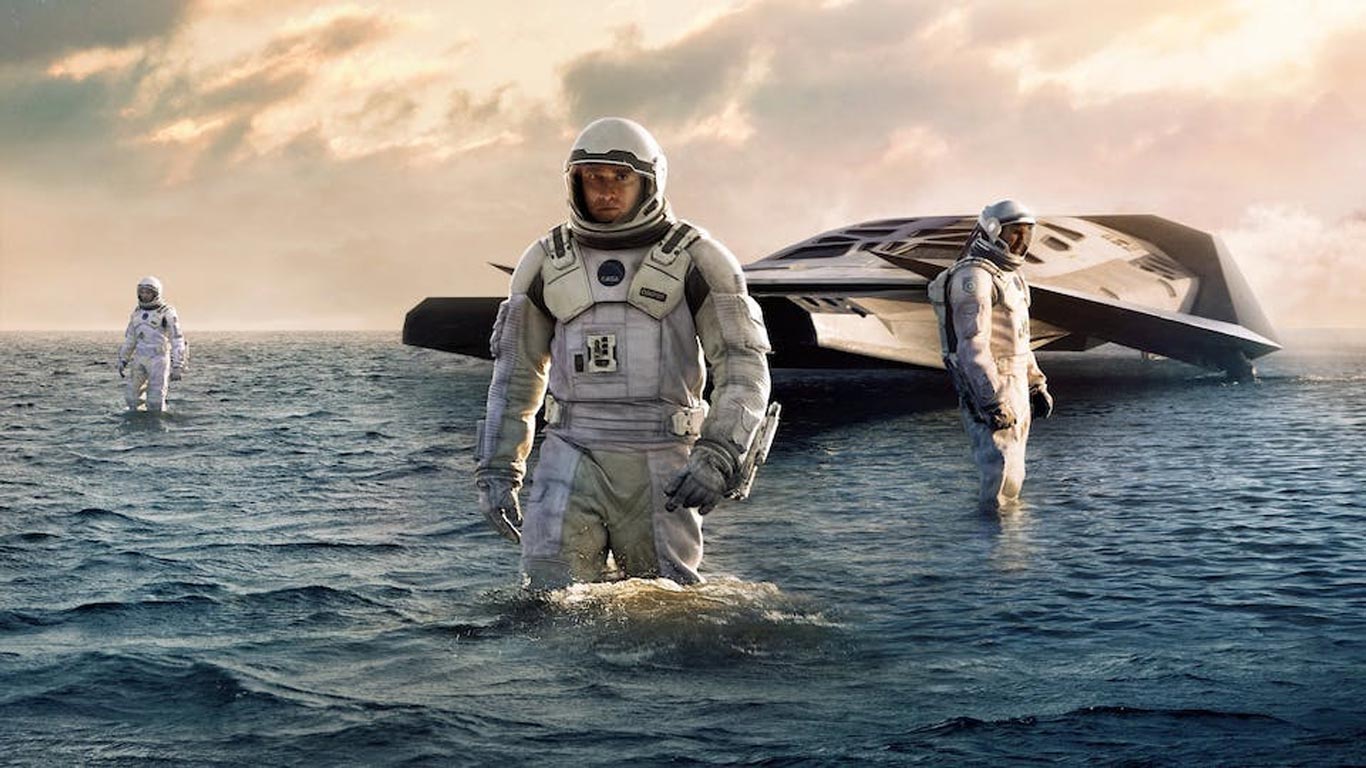
Everyone knows how Christopher Nolan likes to explore and play around with the concept of time in most of the films he makes. In Interstellar as well he has leveraged the concepts of outer space, science and time, to the fullest to develop a story like never before.
Interstellar is also very well known for its cult following. From YouTube to subreddits to forums many people on the internet have engaged in deep discussions over the movie’s cliffhangers and paradoxes. Just like Nolan’s every other movie this movie as well gets your mind running with its deep suspense and complex space and time related plots.
The film for the 70-mm Imax version of Interstellar weighed 600 pounds and required a forklift to be moved. You can watch this film on Blu-ray for a full blown cinematic experience of the space with 4K Ultra HD quality. If you haven't already watched this film, you are clearly missing out and here are a few things to look forward to in Interstellar.
The Plot:
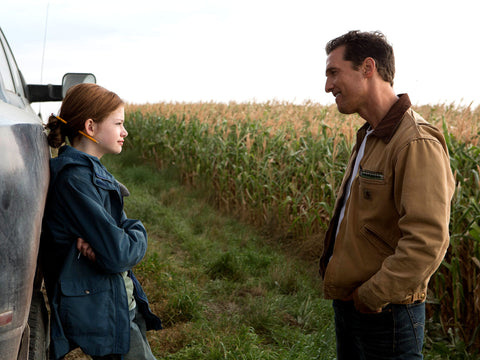
Interstellar is a story about how in a dystopian reality civilization is at stake due to reduced oxygen and blight- a plant disease caused by pathogens. Its storyline also has a secret wormhole that connects our world to a distant galaxy with 12 potentially habitable worlds located near a black hole named Gargantua. The way characters, their emotions and relationships are represented in the film is something worth watching.
The Science:
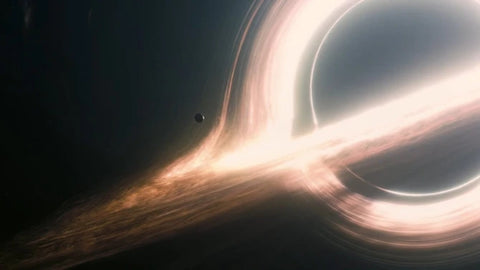
The science in Interstellar educates you about a lot of generic astrophysics concepts that are rather not known by many. Although the movie does have some unresolved space time paradoxes, the science of the Interstellar is completely accurate and was conducted by Dr. Kip Thorne, an astrophysicist and 2017 Physics Nobel Prize laureate. Kip also made Nolan promise
that no laws of Physics are contradicted in the film. Interstellar has also been credited to feature the most scientifically accurate depiction of a black hole on screen.
The attention to detail:
In one of the scenes in the movie, the crew on the mission stops at a water planet where Matthew Mcconaughey's character Cooper explains how every hour there are seven years on Earth due to gravity and Einstein's concept of space time. This fact is flawlessly extended to design the score of the scene which then shifts to soft ticking sounds. This ticking takes place every 1.25 seconds and it is used to show that one day on Earth has passed.
The cinematography:
The Hans Zimmer Soundtrack:
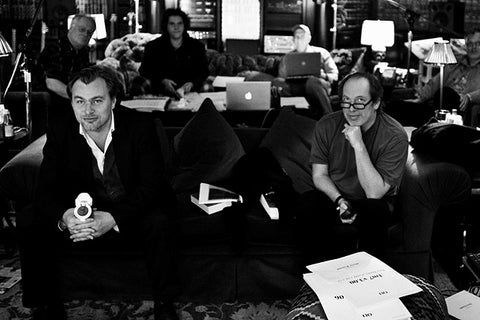
For Interstellar, Nolan asked composer Hans Zimmer to write something without mentioning anything about the characters and the storyline. All he gave him was an envelope with a letter on what it means to be a father (to explain Cooper’s plight). The end result of 45 scoring sessions( thrice as much as Inception) that the director and composer conducted was an impeccable album that just made the movie even more breathtaking.
In one scene Cooper uses a 60 rpm while docking the endurance spacecraft. Most of the tracks in the film aso have a 60 rpm beat which is used to reference this time flow.
The 2001: A Space Odyssey Reference:
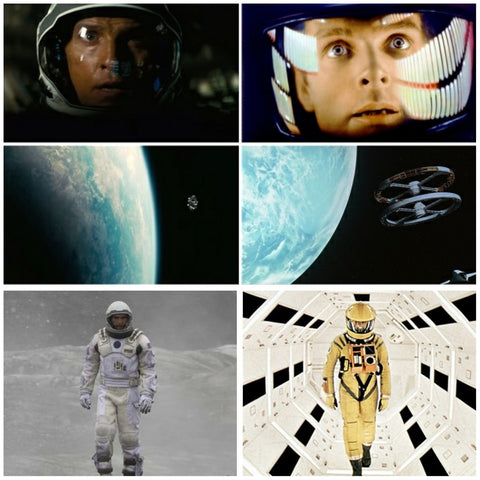
The direction in Interstellar is heavily influenced by the legendary 2001: A Space Odyssey by Stanley Kubrick. From the cinematography and design to the way the spaceships look, many aspects of the movie feel inspired. The wormhole near Saturn in Interstellar is a subtle reference to 2001 and how Kubrick had originally planned the Jupiter sequences for Saturn. This couldn't be done however, because 60s VFX couldn't replicate Saturn’s rings.
The VFX and CGI technology:
The superficial representation of wormholes and blackholes in the film is something that the VFX team worked on with Dr. Kip Thorne to make it as accurate as possible. In fact, a new CGI software was created for the film where they could feed theoretical scientific equations and realistically depict how a certain wormhole or black hole looked.
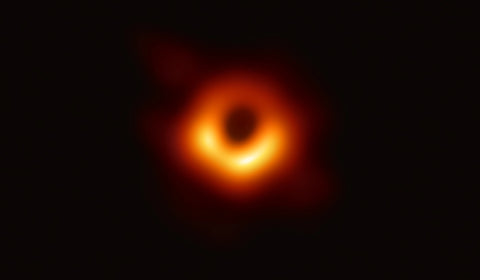
TARS and other robots:
TARS, short for “technically artificial robotic system” , is a robot character on Interstellar. It was something that the crew members actually created behind the scenes and so no CGI effects were used in many of his scenes, he was actually there. KIPP and CASE are the other two robot characters KIPP is an anagram for Kip Thorne and was named after him.
Read about: The Role Meissner 9-1065 Played To Liberate Prisoners In The Shawshank Redemption



